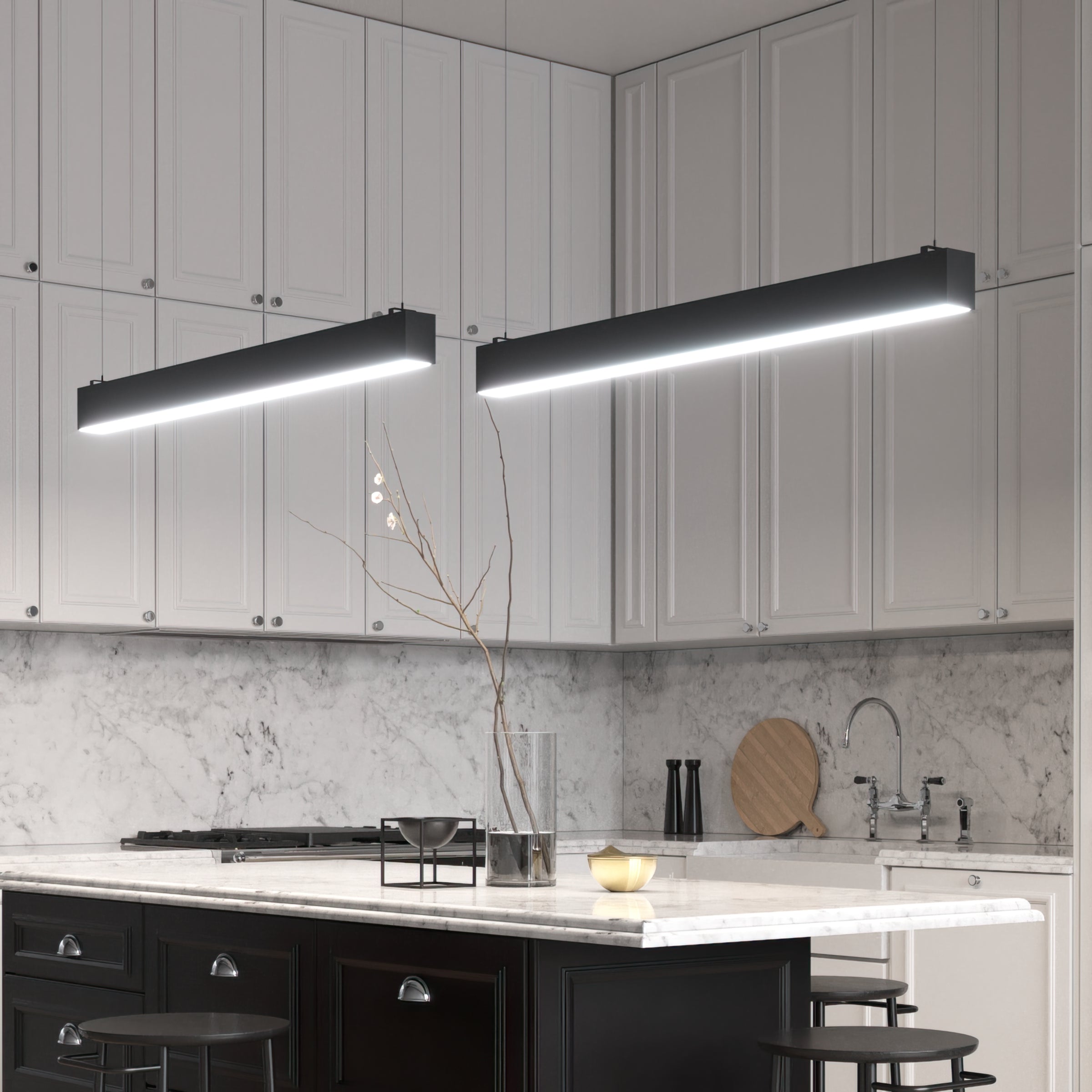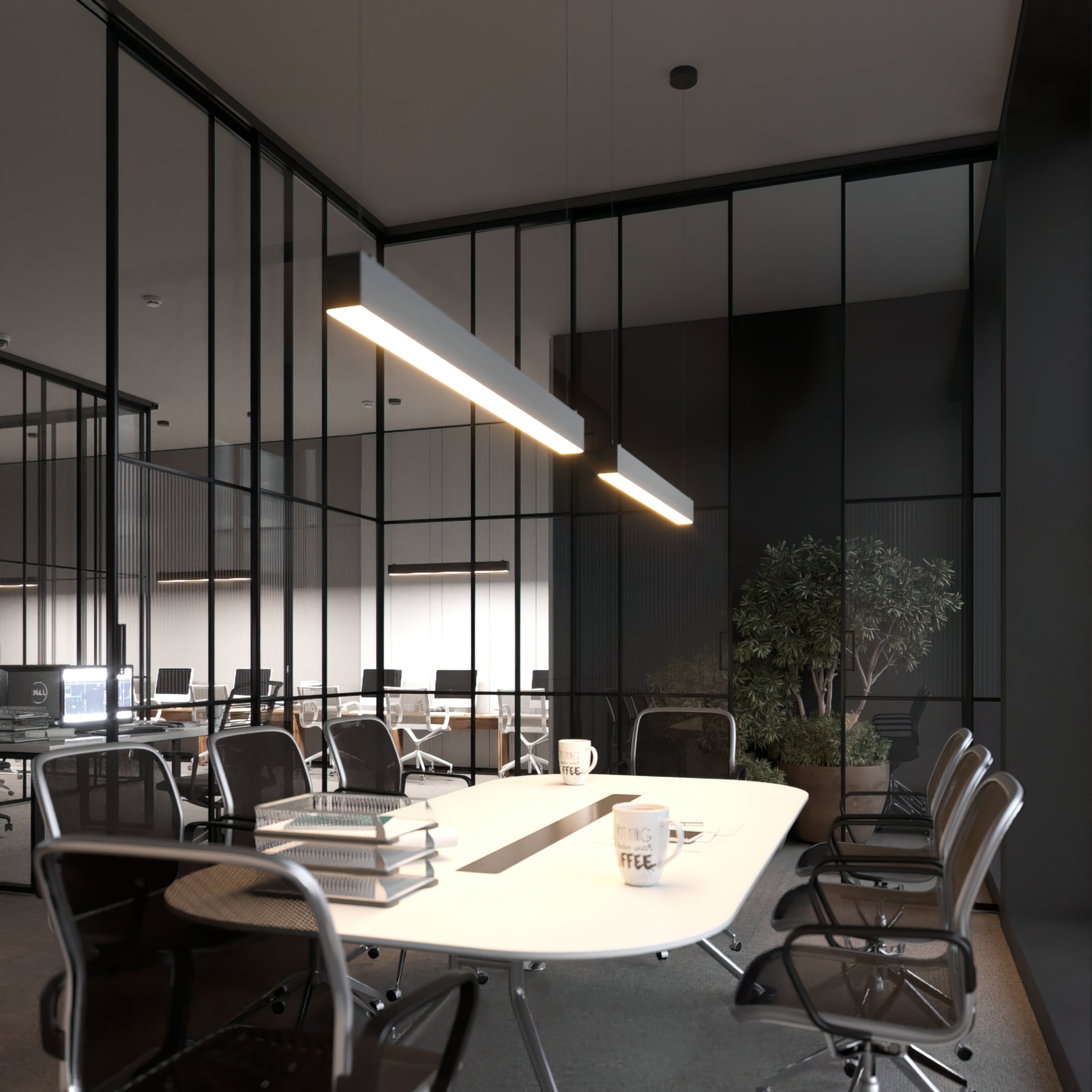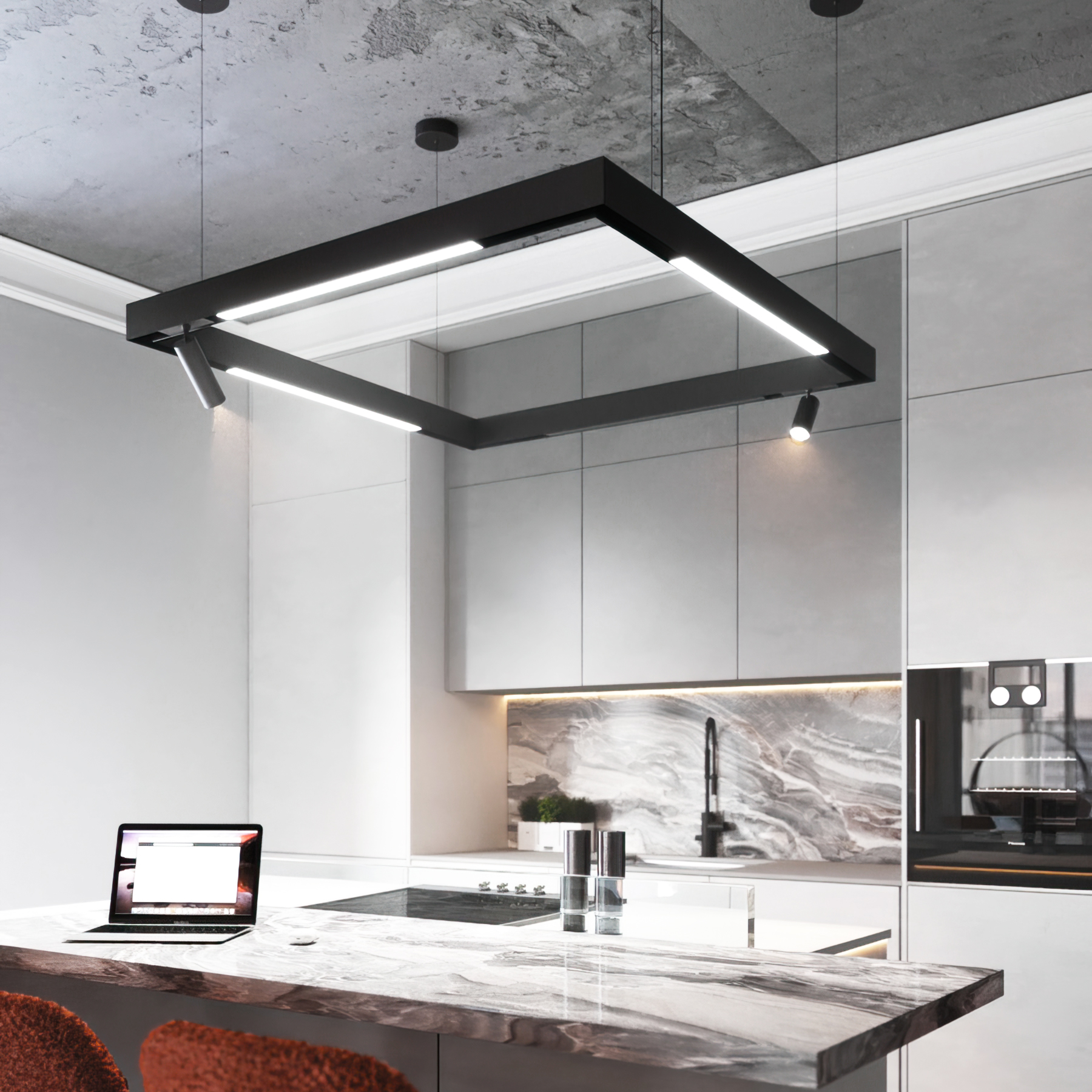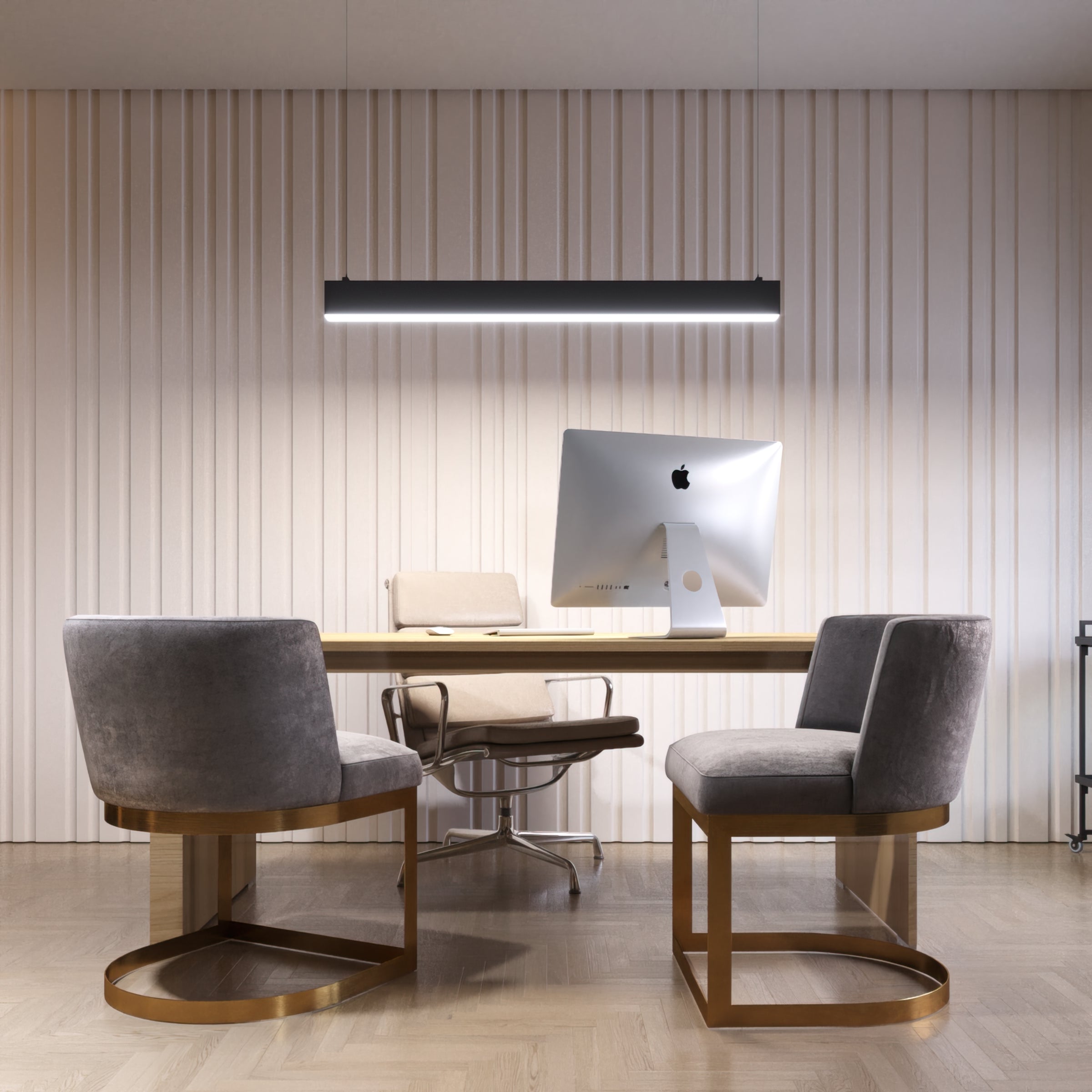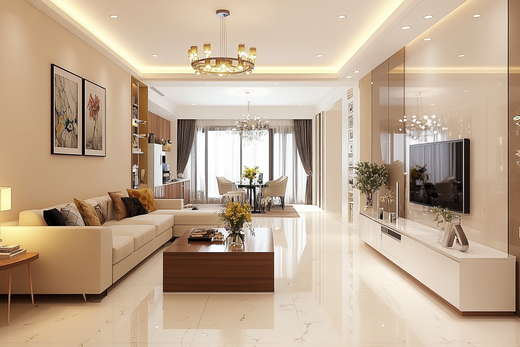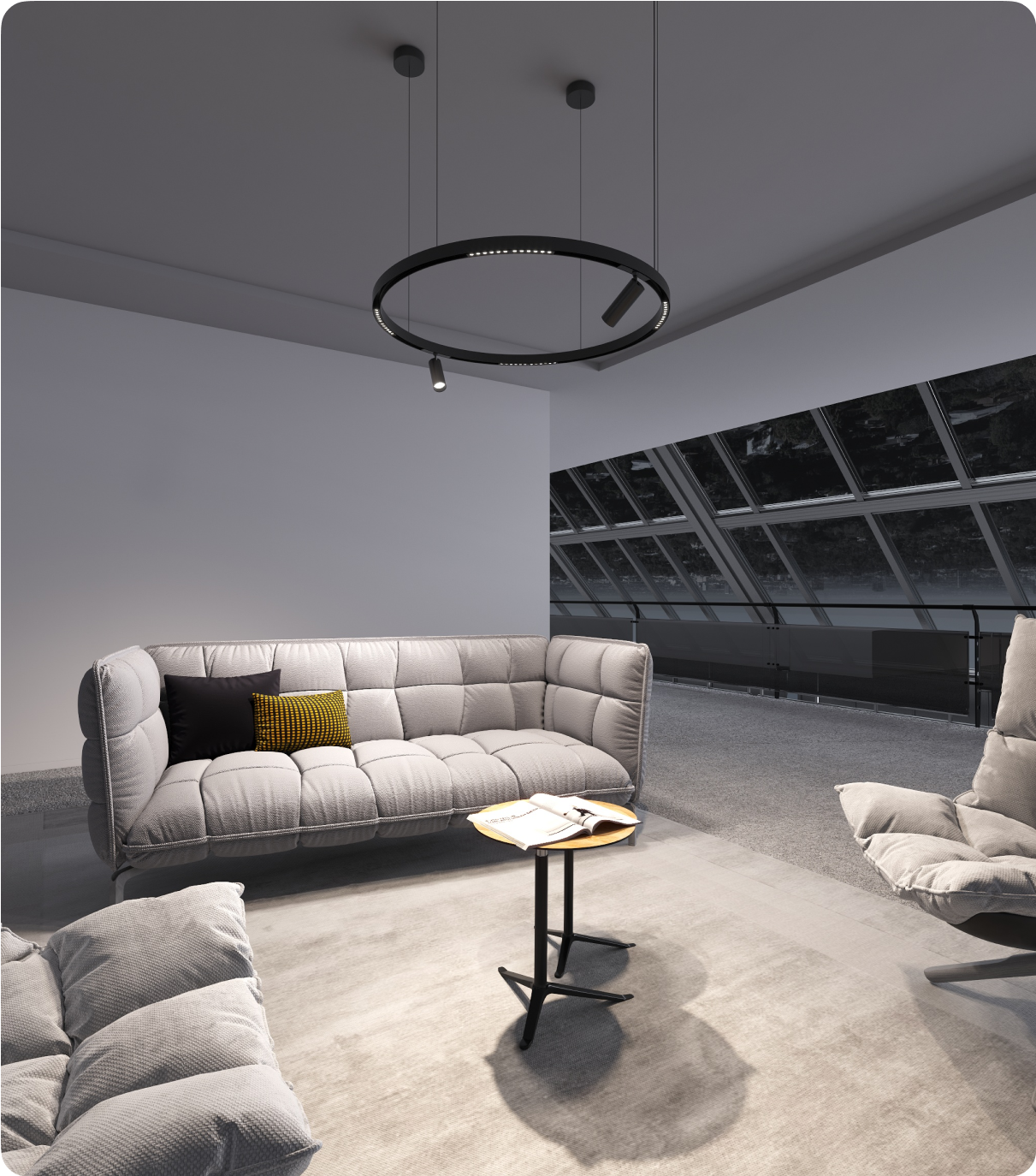Light-emitting diode (LED) technology has revolutionized the lighting industry, emerging as a groundbreaking solution for residential and commercial applications. From smart home lighting systems to industrial facilities, LED lights have become the go-to choice for energy-conscious consumers and businesses.
In an era where environmental sustainability is paramount, many wonder why LED lights are better. The significance of eco-friendly lights cannot be overstated. As global energy consumption continues to rise and climate change concerns intensify, the choice of lighting technology plays a crucial role in reducing our environmental footprint.
This article explores the substantial environmental benefits of LED lighting technology, focusing on its energy efficiency, reduced carbon emissions, and why LED lights are better for the environment. By examining these advantages, we'll demonstrate why LED lighting represents a technological advancement and a crucial step toward environmental preservation. Additionally, we'll highlight how high-quality indoor LED fixtures from LED Lights Direct provide both environmental benefits and superior lighting solutions for various applications.

The Long Lifespan of Environmental LED Fixtures
One of LED lighting technology's most significant environmental advantages lies in its exceptional longevity. While traditional incandescent bulbs typically last 1,000 to 2,000 hours and fluorescent lights average around 10,000 hours, LED fixtures can function effectively for 50,000 to 100,000 hours. This remarkable lifespan translates to decades of reliable service under normal usage conditions.
The extended durability of LED fixtures directly contributes to waste reduction in our landfills. With fewer replacements needed over time, there is a substantial decrease in the volume of disposed lighting products. This waste reduction is particularly important considering the growing global concern over landfill capacity and proper disposal of electronic components.
The economic implications of LED longevity are equally impressive. The reduced frequency of replacements saves money and conserves the resources required for manufacturing, packaging, and transporting new lighting products. This efficiency creates a ripple effect of environmental benefits, from reduced raw material extraction to decreased transportation emissions. The lower maintenance requirements mean fewer resources are expended on replacement operations, particularly in commercial and industrial settings where accessing and replacing lights can be labor-intensive and energy-consuming.
Energy Efficiency and Reduced Carbon Footprint
Explains our expert Sergio Andriichenko, LED Lighting Specialist at LED Lights Direct.
Visit his LinkedIn profile
As an expert at LED Lights Direct, I confidently state that LED technology represents one of the most significant advancements in energy-efficient lighting solutions. The fundamental reason behind LEDs' superior energy efficiency lies in their unique light generation method. Unlike traditional incandescent bulbs that waste up to 90% of their energy as heat, LEDs convert approximately 95% of their energy input directly into light, making them remarkably efficient.
The technical explanation for this efficiency is rooted in LED's semiconductor-based operation. When electrical current passes through the semiconductor material, electrons recombine with electron holes, releasing energy as photons – pure light. This direct conversion process stands in stark contrast to traditional lighting methods that rely on heating filaments or exciting gases, which are inherently less efficient processes.
The impact of LED adoption on energy grids and carbon emissions is substantial. Businesses and institutions typically see a 60-80% reduction in lighting-related energy consumption when they transition to environmental LED fixtures. This significant decrease in energy demand reduces operational costs and lessens the strain on power grids, particularly during peak usage periods. The reduced energy demand directly translates to lower carbon emissions from power generation facilities.
A prime example of the environmental impact of LED lighting can be seen in the University of York's LED Lighting Project. This comprehensive initiative to replace traditional lighting across their campus demonstrates the real-world potential of LED technology. The project is projected to save approximately 280,000 kWh of energy annually – equivalent to the energy consumption of 70 average UK homes. More importantly, this energy reduction translates to approximately 72 tons of CO₂ emissions avoided each year, making a significant contribution to the university's sustainability goals.
These impressive results from the University of York project mirror what we consistently observe across various commercial and institutional installations. The combination of reduced energy consumption, lower maintenance requirements, and decreased carbon emissions makes LED lighting a cornerstone technology in the fight against climate change.
Minimal Heat Emission for Indoor Comfort
Compared to traditional lighting solutions, LED fixtures operate at significantly lower temperatures, making them ideal for indoor environments. LED lights remain cool to the touch while operating, whereas incandescent bulbs convert about 90% of their energy into heat. This low heat emission is particularly beneficial in climate-sensitive environments like retail displays, art galleries, and offices.
The reduced heat output of LED lighting has a cascading effect on building energy efficiency. By generating less heat, LED fixtures minimize the additional thermal load on air conditioning systems, particularly in commercial and industrial settings where numerous light fixtures operate simultaneously. This reduction in cooling requirements translates to substantial energy savings beyond the direct efficiency of the lighting system itself.
Non-Toxic and Safe for the Environment
Environmentally friendly lighting technology represents a significant advancement in environmental safety compared to fluorescent lighting solutions. Unlike fluorescent lights, which contain hazardous materials such as mercury that can pose serious environmental and health risks if broken or improperly disposed of, LED fixtures are manufactured using non-toxic materials that are safe for humans and the environment.
The absence of mercury and other harmful substances in LED lights eliminates the need for special handling procedures during installation, maintenance, or disposal. This is particularly important in sensitive environments such as schools, hospitals, and food processing facilities where the risk of toxic exposure must be minimized. Traditional fluorescent tubes, by comparison, require careful handling protocols and specialized disposal methods to prevent mercury contamination.
Regarding end-of-life disposal and recycling, LED fixtures offer significant advantages. Most components of LED lights can be recycled through standard electronic waste programs, contributing to the circular economy. The semiconductor materials, metal heat sinks, and plastic components can be recovered and repurposed, reducing the environmental impact of lighting waste. This starkly contrasts with fluorescent tubes, which require specialized recycling facilities and careful handling to prevent the release of toxic materials into the environment.
Supporting Circular Economy Goals with LED Lighting
LED lighting technology plays a crucial role in advancing circular economy principles within the lighting industry. LED fixtures' inherent design and manufacturing processes align perfectly with the core concepts of reduction, reuse, and recycling, making them exemplary products in the circular economy framework.

A spacious, naturally lit living area complemented by recessed LED lighting and modern decor, creating a bright and welcoming atmosphere
Sustainable Design in LED Fixtures
LED fixtures are engineered with modularity and longevity in mind. Their robust construction typically incorporates easily separable components, allowing straightforward maintenance and part replacement rather than complete fixture disposal. This design philosophy extends the product lifecycle while minimizing waste generation. Many manufacturers now employ snap-fit assemblies and standardized components, making repairing and upgrading existing installations easier than replacing entire units.
Opportunities for Recycling Components
The recyclability of LED fixtures has improved significantly with technological advancements. Modern LED fixtures typically contain valuable materials such as aluminum heat sinks, copper wiring, and high-grade plastics that can be effectively recovered and reprocessed. Many manufacturers have established take-back programs and partnered with specialized recycling facilities to ensure proper material recovery. These initiatives help close the loop in the product life cycle, reducing the demand for virgin materials and minimizing environmental impact.
LED Innovations Supporting Renewable Energy
The synergy between LED lighting technology and renewable energy systems represents a significant advancement in sustainable building practices. LED fixtures' low power requirements and DC compatibility make them ideal companions for solar power systems, wind energy, and other renewable sources. This natural partnership enhances the overall efficiency of green energy installations while reducing the complexity and losses associated with power conversion.
Solar-powered eco-friendly LED lights, in particular, demonstrate remarkable efficiency in both residential and commercial applications. The minimal power draw of LED fixtures means that smaller solar panels and battery systems can support lighting needs, reducing both installation costs and physical footprint. This efficiency becomes particularly valuable in off-grid applications and emergency lighting systems where energy conservation is crucial.
Recent innovations in LED technology have further enhanced their role in sustainable energy systems. Smart LED lighting systems now incorporate advanced sensors and controls that optimize energy usage based on occupancy, natural light levels, and time of day. These intelligent systems can automatically adjust their output to minimize energy consumption while maintaining optimal lighting conditions. Some cutting-edge installations even integrate with building management systems to coordinate lighting with other energy-consuming systems, creating a comprehensive approach to energy efficiency.
Moreover, developing Power over Ethernet (PoE) LED lighting systems has opened new energy management and control possibilities. These systems can operate on low-voltage DC power, eliminating the need for AC-DC conversion and reducing energy losses. When combined with renewable energy sources, PoE LED systems create highly efficient, sustainable lighting solutions that contribute significantly to building energy performance and environmental goals.
